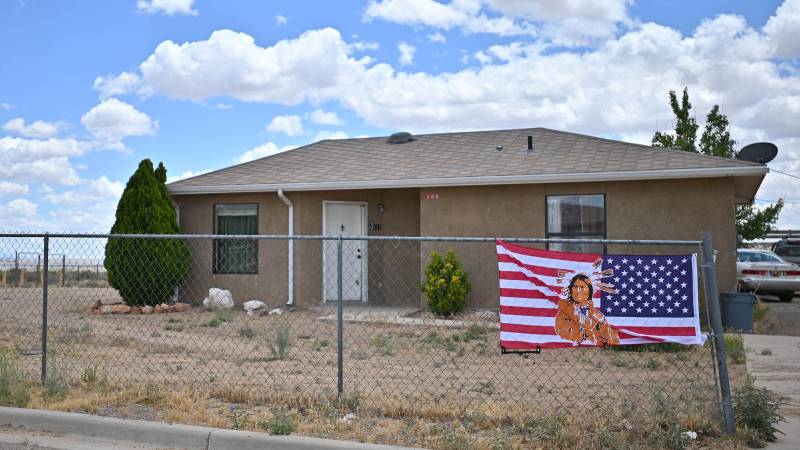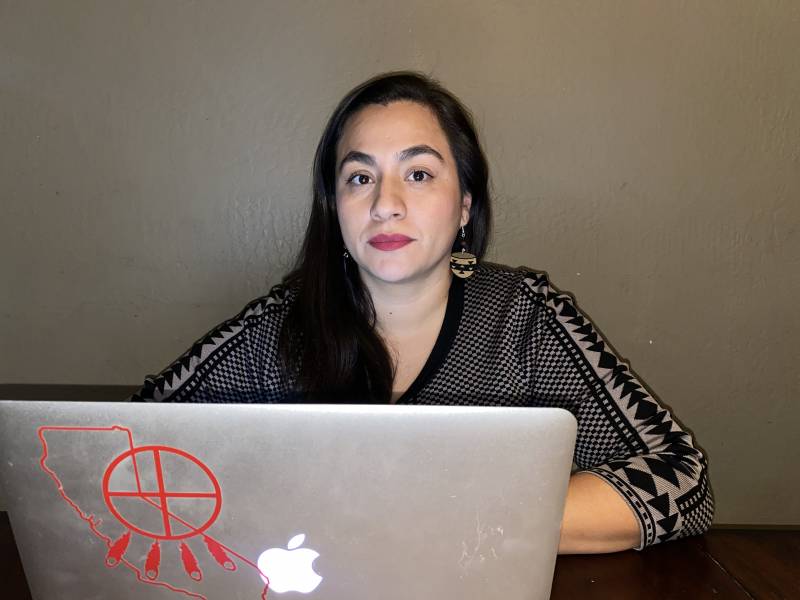“When we think about the historical injustice of this nation, of California, isn't now the time to say that for the first time we prioritized Indigenous people?” she says. “We started to make reparations in the way that we handled and treated the Indigenous people of this continent?”
California health officials have made clear they want equity and transparency to be a priority in deciding how to allocate the first scarce supplies of a vaccine. In divvying up the first doses for health care workers, the state is prioritizing hospitals in low-income areas before wealthy areas.
"We will be very aggressive in making sure that those with means, those with influence, are not crowding out those that are most deserving of the vaccines,” Gov. Gavin Newsom said at a press conference on Thursday.
Adding historical injustice to the equation of these decisions would take equity considerations to an even deeper level, and it is a step the state appears willing and eager to take. The state asked more than 70 organizations to join the Community Vaccine Advisory Committee to help develop an equitable vaccine distribution plan, including the Sacramento-based policy advocacy organization Hedrick runs, the California Consortium for Urban Indian Health.
At the first meeting of the committee, Hedrick introduced the idea of considering historical injustice as a factor in deciding which groups would be next to get the vaccine after health care workers. At the second meeting, Dr. Nadine Burke Harris, the state’s surgeon general and a co-chair of the committee said: We heard you.
“We, of course, want to be evidence based. We, of course, want to use the highest standards of rigor," she said. "And at the same time, we want to reflect what we're hearing from this group.”
Defining Equity
Rather than defining equity as everyone having a “fair opportunity to attain their full potential,” as the World Health Organization does, Burke Harris instead proposed adopting the definition from the U.S. Office of Minority Health, which says achieving health equity requires “efforts to address avoidable inequalities and historical and contemporary injustices.”
“We really wanted to have that included,” Burke Harris told the committee.
Over the next several weeks, the group will have to figure out how to translate these considerations into actionable vaccine policy.
“We have some good agreement on the what, but still some questions on the how,” Burke Harris said.
The details will matter. Experts warn California could open itself to legal challenges if it uses race or historical injustice as a factor in prioritizing who gets the vaccine.
“That is affirmative action. That's choosing one group over another,” said Lawrence Gostin, professor of global health law at Georgetown University.

